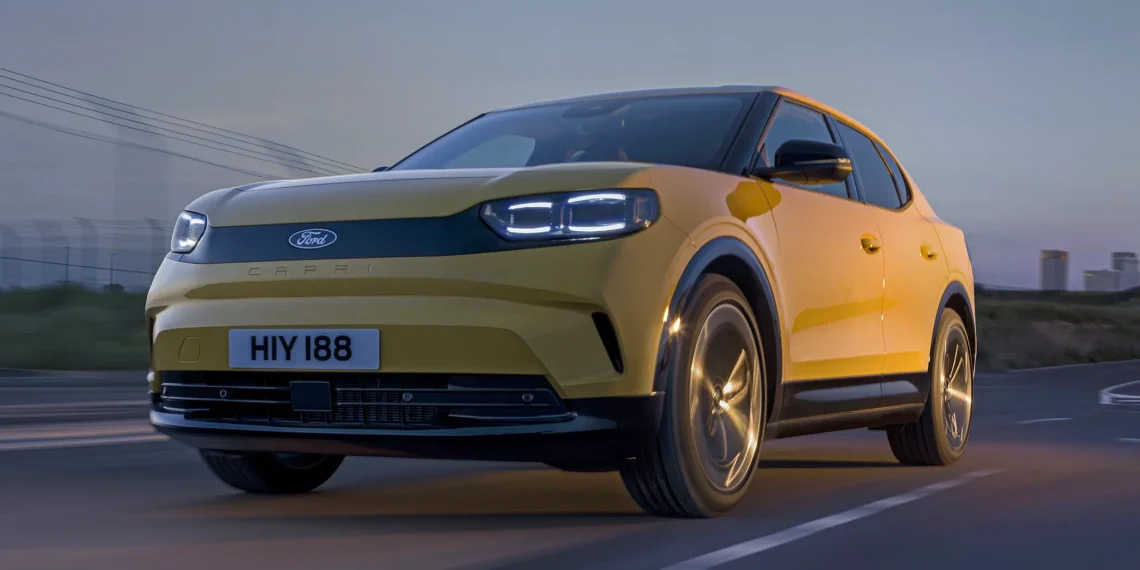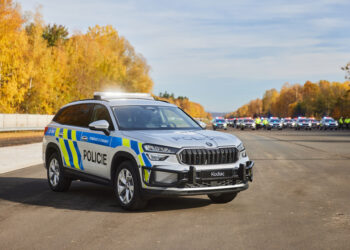Ford of Europe, once a dominant force with beloved models like the Mondeo and Fiesta, is now grappling with the fallout of a drastic shift in strategy. By pivoting from popular cars to a focus on crossovers and electric vehicles (EVs), the automaker has faced steep losses, declining market share, and the announcement of 4,000 job cuts—a staggering 14% of its European workforce—by 2027.
This strategic misstep has sent shockwaves through its operations in Germany and the UK, with Ford acknowledging a grim reality: its European passenger vehicle business is struggling to stay afloat.
“Ford’s Falling Star in Europe”
Ford’s decision to phase out mainstays like the Fiesta and Focus, which were customer favorites, has left a gaping hole in its portfolio. This move, combined with the company’s inability to capture sufficient demand for EVs, has resulted in sales plummeting by 17.9%—nearly three times the overall market decline of 6.1%.
While competitors adapt to Europe’s evolving landscape, Ford’s hasty abandonment of its core offerings seems to have left it exposed. Without vehicles that resonate with buyers, particularly affordable gas and diesel cars that remain popular, Ford’s market share has eroded dramatically.
Blaming External Factors
In its press release, Ford pointed to external challenges: stringent emissions regulations, regulatory uncertainty, and declining EV incentives. CFO John Lawler also criticized the lack of government support for electrification, particularly in Germany.
“What we lack in Europe and Germany is an unmistakable, clear policy agenda to advance e-mobility,” Lawler wrote, citing insufficient public investment in charging infrastructure, limited consumer incentives, and strict CO2 compliance targets.
While these issues are undeniably factors, Ford’s struggles stand out in comparison to the broader market, raising questions about whether the company’s woes are largely self-inflicted.
EV Strategy Falls Short
Ford has pinned much of its future on electric models like the Capri and Explorer, both built on Volkswagen’s MEB platform. Yet, it has already scaled back production targets for these vehicles, signaling lukewarm demand. The company hopes the upcoming electric version of the Puma crossover can salvage its European fortunes, but skepticism lingers.
“Ford is banking on crossovers and EVs, but as Europeans continue to buy small gas and diesel cars, the shift feels disconnected from market realities,” analysts say.
The rapid rise of Chinese EV imports has only compounded the challenge, providing cost-effective alternatives in a segment where Ford is struggling to compete.
Ford’s Legacy Mistakes
Much of Ford’s pain can be traced back to its decision to end production of its most beloved models. The Fiesta, a symbol of affordable excellence, was retired despite its enduring popularity. Now, as buyers gravitate toward budget-friendly and familiar options, Ford is left without the anchors that once kept its sales steady.
“The decision to abandon models like the Fiesta and Focus has hurt Ford’s reputation as a go-to brand for reliable, affordable cars,” one industry insider noted. “Now, the brand is scrambling to find footing in a market it once dominated.”
A Bleak Road Ahead?
Ford’s struggles in Europe serve as a cautionary tale of overestimating market readiness for EVs and underestimating the value of beloved, affordable cars. As the company cuts jobs and production targets, the path forward seems uncertain.
The electric Puma may offer some hope, but unless Ford retools its strategy to better align with European preferences, its bet on EVs and crossovers may not be enough to reverse its fortunes. With the European market tightening and consumer preferences leaning heavily toward small, efficient cars, Ford must confront the reality that many of its problems are self-inflicted.
The blue oval faces a daunting task: reinvent itself in a way that recaptures the loyalty of European drivers—or risk being left behind in a market it once dominated.










